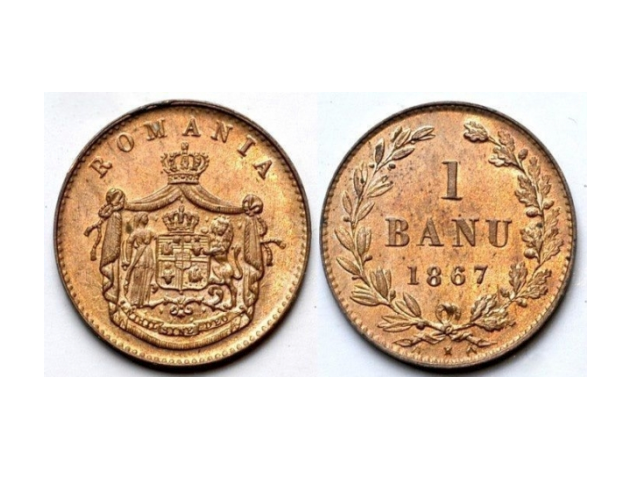The history of monetary circulation in Bucharest
Evidence of monetary circulation in and around Bucharest goes back before the citys first mention in historical records in 1459.

Christine Leșcu, 28.01.2017, 14:23
Romania’s capital city Bucharest, although first
mentioned in historical documents in 1459, has in fact a much longer history,
and the monetary circulation in the area is even older. Archaeological evidence
points to the fact that in ancient times the inhabitants of this area used
coins issued by Greek colonies such as Histria, Tomis and Callatis. The coins
they used were the gold stater, the silver drachma and the tetradrachm.
Gaeto-Dacian coins were also discovered around Bucharest. There is plenty
archaeological evidence of the monetary circulation in the Middle Ages, proof
of the fact that once the medieval state of Wallachia was centralised, the
first local coins the silver Ducats, were minted. Historian Dan Parvulescu is
deputy director of Bucharest’s History Museum:
The first coins in Wallachia, discovered around
Bucharest, are the ones minted by Ruler Vladislav I Vlaicu in the mid-14th
century. He is considered the founder of Wallachia’s monetary system. Before
him, circulating in the Bucharest area and in Wallachia had been coins issued
by the neighbouring states, such as the Bulgarian Grosz, the Serbian Grosz, the
Hungarian Denar and the Byzantine coins issue. After Vladislav I, another ruler
who minted coins was Radu I, who is not so often mentioned by documents.
However, coins from his time were unearthed, that define his reign quite well.
For a whole century, starting with Vladislav I, the Wallachian state issued coins
on a regular basis. Subsequently, the emission of coins became less frequent as
the influence of the Ottoman Empire increased.
Unfortunately, the fact that Romanian voivodates
became vassals of the Ottoman Empire and had relations of vassalage with the
Sublime Porte also meant the issue of local coins became less frequent. During
the Phanariot period, which in Wallachia began in 1714 and in Moldavia in 1711,
Ottoman restrictions on the two principalities increased and they were
completely deprived of the right to mint their own coins.
Nevertheless, during the Phanariot period there was
an intense circulation of money, especially in Bucharest, which was definitely
a merchant city and had for long been the capital of Wallachia. Turkish money
was used for commercial transactions, alongside the Hungarian Denars and the
Polish Grosz. Given the fact that various categories of currency circulated at
the same time, attempts were made to set a single currency. Unfortunately,
these attempts were unsuccessful. Historian Dan Parvulescu explains:
It was rather complicated, especially for ordinary
people, who at that time were illiterate, for their most part. So exchanging
those coins was quite risky. Crooks seized any opportunity to increase their
incomes in a dishonest way. Forging the coins was not unusual. Moneychangers
used all sorts of tricks. For instance, they filed off the edges of a coin to
recycle part of the precious metal, relying on the fact that people were not
very familiar with how the coins really looked like, since so many of them
circulated at the same time.
All these tribulations would end once the national
currency the Leu, with its subdivision, the Ban, was adopted in the mid-19th
century. Dan Parvulescu:
An early attempt to impose a single currency system
was made during the reign of ruling prince Alexandru Ioan Cuza. Unfortunately, it was a failed attempt, as
the Ottoman Empire rejected the idea of a local coin being minted during Cuza’s
reign. At that time, the initial suggestion was for the national currency to be
termed ‘romanat’ taking up on the model of the French franc. On April 22, 1867,
during the reign of King Carol I, a bill was passed establishing a monetary
system and the issue of national coins. The Leu became the national currency,
with the Ban as its subdivision. The Ottoman Empire still opposed the national
currency, yet loopholes were found to avoid the Porte’s will. Initially, bronze
coins were ordered at two mints in England.
Once Romania gained its independence in 1877, the Leu
got the status of official currency of the Kingdom of Romania, and then of
Greater Romania, in 1918.






























